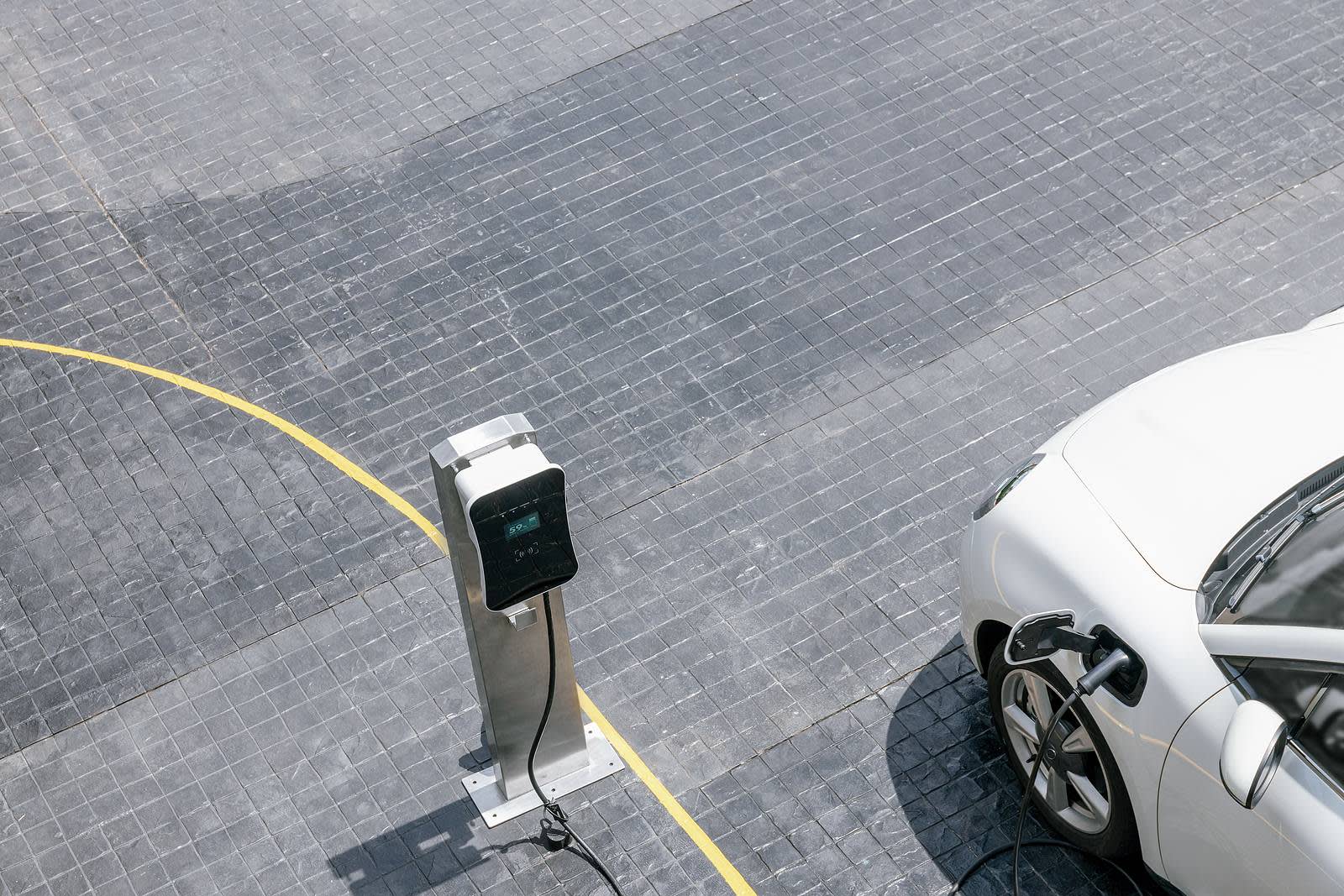The road to 300,000 EV chargepoints – how will we get there?
How are we going to achieve the UK’s ambitious target for electric vehicle (EV) chargepoints?

How many EV chargepoints does the UK need?
By 2030, National Grid’s Future Energy Scenarios predict that one in every three vehicles on the UK’s roads will be an EV, substantially more than the current proportion.
That’s why the UK government’s introduced a target of installing 300,000 EV chargepoints by 2030.
That’s a tenfold increase on the number of chargepoints available now, and five times more than the number of petrol and diesel fuel pumps currently in operation.
It’s an ambitious target, but it’s possible, providing a number of criteria are met:
Criteria 1: More investment all round
This expansion’s going to require more investment all round – from private organisations as well as public ones. The government's already committed significant funding through the Electric Vehicle Infrastructure Strategy (EVIS).
Criteria 2: Support for local authorities
This strategy also includes a new fund to support local authorities to help to supply the chargepoints needed to deliver the transition to EVs. The government’s promising to invest £500 million to bring high quality, competitively -priced chargepoints to communities across the UK.
Of this, £450 million will go to the Local Electric Vehicle Infrastructure (LEVI) fund. This is intended to provide support for projects like EV hubs and innovative on-street charging.
Criteria 3: A new approach to charging
One aspect of the EV revolution that some drivers struggle to understand is that the new chargepoint network won’t work in the same way as the petrol/diesel station network.
Equally, recharging won’t be the same as it is today, with a huge proportion of drivers with driveways and able to recharge at home. As EVs become more popular, there’ll be more owners without access to a drive or a permanent parking place where they live.
With typical charging times starting at around 30 minutes, recharging is something that can easily fit in with drivers’ everyday activities. Chargepoints at popular destinations such as supermarkets and retail complexes can help drivers get the charge they need with minimum disruption to their daily lives.
To make this possible, a substantial number of chargepoints will need to be installed. We recommend – at a minimum - one point for every ten parking spaces.
Our research has found that while new developments are taking the need for such ample recharging facilities into account, older ones are less quick to retrofit.
Criteria 4: Meeting drivers’ real needs
The new charging network needs to help more drivers make the switch to EVs. Meaning more transparent and straightforward pricing, – so everyone knows what to expect when they plug in.
The government’s new EVIS highlights new requirements for operators to enable drivers to pay by contactless card and to easily locate chargepoints through open public chargepoint data.
The new network will need the right kind of charging points available in the right places. Some could be slower and still achieve a very healthy level of charge overnight, for instance. Or EVs could be recharged on work premises.
Existing Government support for chargepoint installation
There are already a number of Government schemes to help with the installation of chargepoints. These include:
- EV chargepoint grant – providing funding up to 75% towards the cost of installing EV chargepoints.
- Workplace Charging Scheme – providing up to £350 per socket (40 sockets max) off the cost of a chargepoint and installation.
Get more details about grants, subsidies and incentives available for electrifying your organisation.
Helping the new flexible grid
The EV revolution’s one of the reasons why electricity use is predicted to grow quickly in the coming years. But increased numbers of EVs can also play their part in helping support the flexible grid the UK needs.
By switching to charging at different times of day and night, EV owners help reduce demand for electricity in peak periods when needed. And in future, vehicle-to-grid charging may even enable them to supply the grid with power when demand spikes.
Powering the transition to electric vehicles
At Drax, we’re helping drive forward the EV revolution.
We’re the UK’s largest single source of renewable energy, with a power station that’s being adapted to capture 8MT of carbon dioxide a year.
This means that, as well as keeping the lights on, we’re helping to decarbonise much more than the UK’s fleets.
From getting 100% renewable source power, to getting on the road, businesses all over the UK are using our services to achieve their sustainability goals.
Interested in installing EV charging facilities at your workplace? Find out more below.
Learn more about workplace charge pointsDisclaimer
We’ve used all reasonable efforts to ensure that the content in this article is accurate, current, and complete at the date of publication. However, we make no express or implied representations or warranties regarding its accuracy, currency or completeness. We cannot accept any responsibility (to the extent permitted by law) for any loss arising directly or indirectly from the use of any content in this article, or any action taken in relying upon it.


